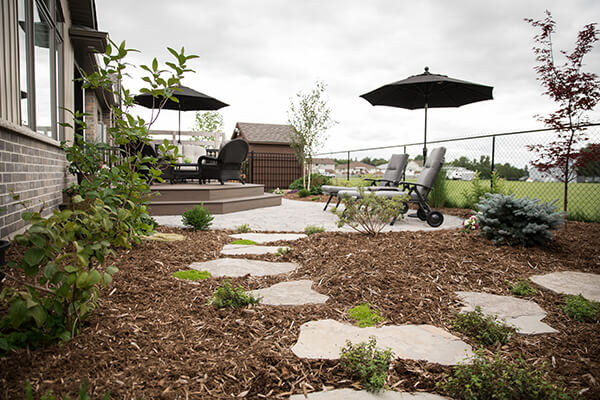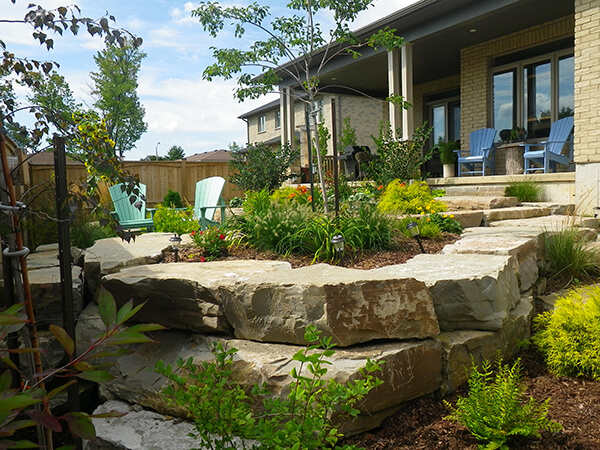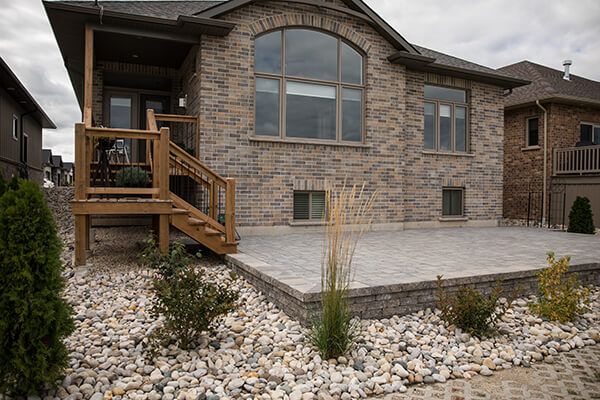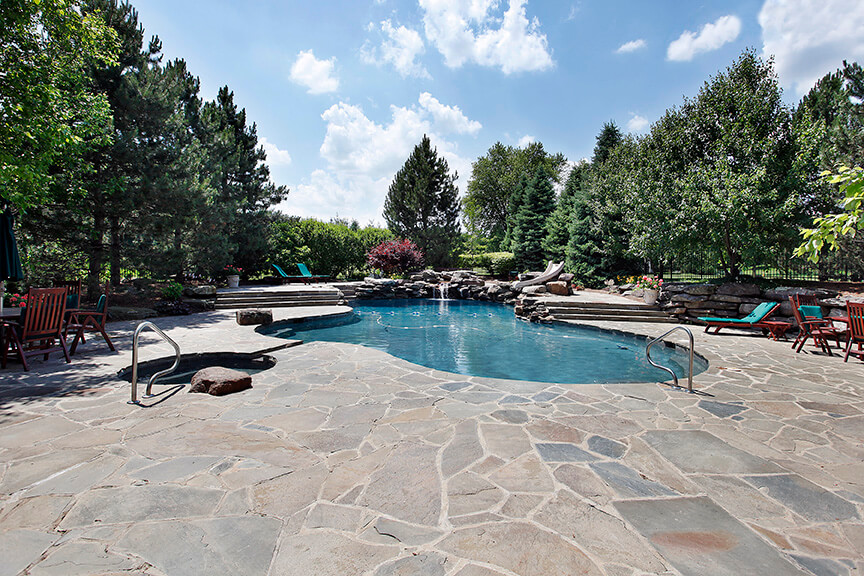
Landscaping with Natural Stone
Creating a beautiful outdoor space often involves finding the perfect balance between functionality and aesthetic appeal. Landscaping with natural stone helps elevate outdoor spaces in terms of both beauty and practicality.
Whether you’re aiming to build a beautiful pathway, add a captivating focal point, or design an entire landscape, natural stone options such as flagstone, armour stone, and river rock can transform your outdoor environment into a mesmerizing retreat. In this blog post, we’ll explore the diverse uses and characteristics of these three popular natural stones, offering insights into how they can elevate your landscaping projects.
Flagstone: Timeless Beauty and Versatility
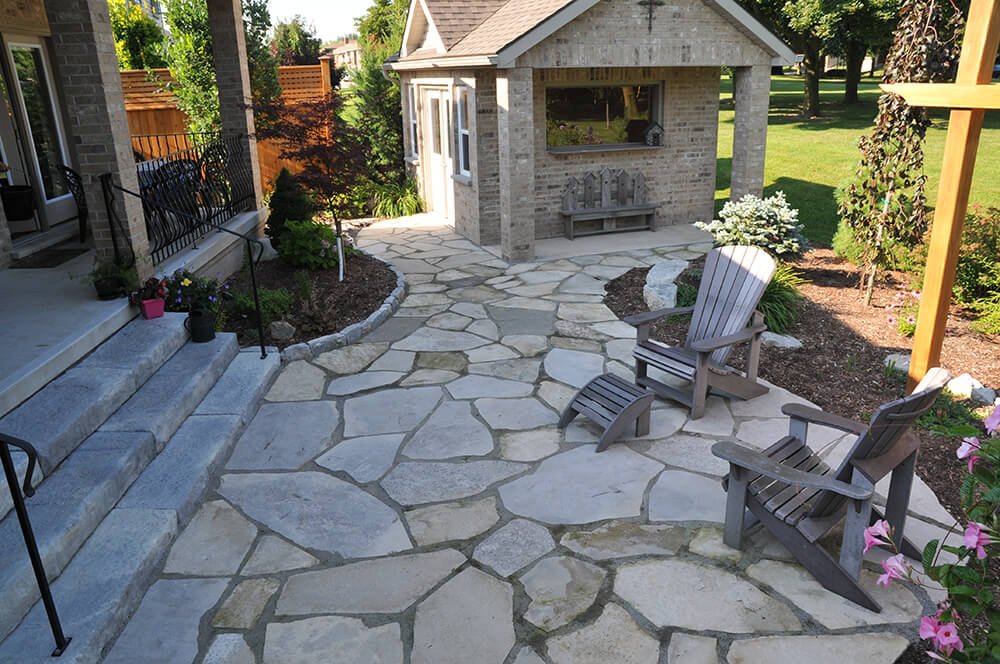 Flagstone, characterized by its relatively flat, irregular-shaped slabs, is a timeless choice for adding elegance and functionality to your landscape design. This type of natural stone is available in various colors, including earthy browns, grays, and blues, offering a wide range of options to suit your aesthetic preferences.
Flagstone, characterized by its relatively flat, irregular-shaped slabs, is a timeless choice for adding elegance and functionality to your landscape design. This type of natural stone is available in various colors, including earthy browns, grays, and blues, offering a wide range of options to suit your aesthetic preferences.
Pathways
Flagstone can be used to create visually appealing and durable pathways throughout your garden or yard. By arranging these flat stones in a natural or geometric pattern, you can achieve a unique and inviting path.
Patios
Transforming a bland outdoor area into a captivating patio is effortless with flagstone. Its natural texture and color variations provide a rustic charm, while its durability makes it an excellent choice for outdoor living spaces like patios.
Stepping Stones
Create a whimsical and enchanting garden by strategically placing flagstone stepping stones amidst lush greenery. These irregularly shaped stones add character and functionality, guiding visitors through your landscape while preserving its natural beauty.
Armour Stone: Majestic and Enduring
 Armour stone is a heavyweight natural stone renowned for its strength and durability. These large, rugged stones bring a sense of grandeur to any landscape and are commonly used for creating retaining walls, borders, and eye-catching focal points.
Armour stone is a heavyweight natural stone renowned for its strength and durability. These large, rugged stones bring a sense of grandeur to any landscape and are commonly used for creating retaining walls, borders, and eye-catching focal points.
Retaining Walls
Armour stones are ideal for building sturdy and visually striking retaining walls. Their substantial size and weight provide stability while adding a touch of natural beauty to your landscape. These walls help prevent soil erosion, level uneven terrain, and create distinct planting areas.
Garden Edging
Utilize armour stone to define garden beds, pathways, or driveways. The imposing presence of these stones adds an element of sophistication and serves as a functional barrier, protecting your plantings and preventing soil displacement.
Water Features
Incorporating armour stones into water features, such as cascading waterfalls or natural-looking ponds, can create a captivating oasis in your garden. The rough texture and natural colors of these stones enhance the visual appeal of your water feature, evoking a serene and peaceful atmosphere.
River Rock: Serene Simplicity and Versatile Charm
 River rock, also known as river stones or pebbles, is a smooth natural stone typically found in riverbeds. Its unique rounded shape and earthy, soothing colors make it an excellent choice for enhancing various aspects of your landscape.
River rock, also known as river stones or pebbles, is a smooth natural stone typically found in riverbeds. Its unique rounded shape and earthy, soothing colors make it an excellent choice for enhancing various aspects of your landscape.
Ground Cover
Use river rock as a ground cover to create a low-maintenance and visually appealing landscape. Its smooth texture and uniformity offer a soothing backdrop for vibrant plants and flowers while preventing weed growth.
Dry Creek Beds
Mimic the beauty of a meandering stream by incorporating river rock into a dry creek bed. This decorative feature adds visual interest and can be used in xeriscaping projects. But they can also be functional, directing rainwater from rain barrels, eavestroughs, or reservoirs into beds, improving drainage in areas prone to flooding.
Waterless Ponds
River rock can be arranged in a layered manner to resemble the bottom of a pond or lake. This creative landscaping idea provides a unique focal point, adding depth and texture to your outdoor space without the need for water.
Pondless Streams and Waterfalls
The soothing sights and sounds of gently flowing water can be achieved in your own backyard. To create a pondless stream or waterfall, river rock is assembled down a slope and recirculating water cascades down the rock into an underground reservoir, where it’s pumped back to the top of the water feature.
Landscaping with natural stone opens up a world of possibilities for creating a captivating outdoor space that harmonizes with nature. Its timeless beauty, versatility, and durability make natural stone an ideal choice for pathways, patios, retaining walls, and other landscaping elements.
Natural stone is a permeable option that can benefit the environment by preventing runoff or pooling standing water. With increasing frequency and amounts of rain, permeable solutions work by allowing water to pass through joints and filter it back into the ground alleviating pressure on rivers and storm sewers. Permeable options can also reduce heat by counteracting how they absorb and emit the sun’s heat over traditional paving.
Whether you prefer a formal garden or a rustic retreat, natural stone can be adapted to suit your style and preferences, breathing life into your outdoor oasis. Planning a landscaping upgrade? Visit our Project Gallery for ideas and inspiration. And if you’d prefer to have a professional design and/or installation, contact us.

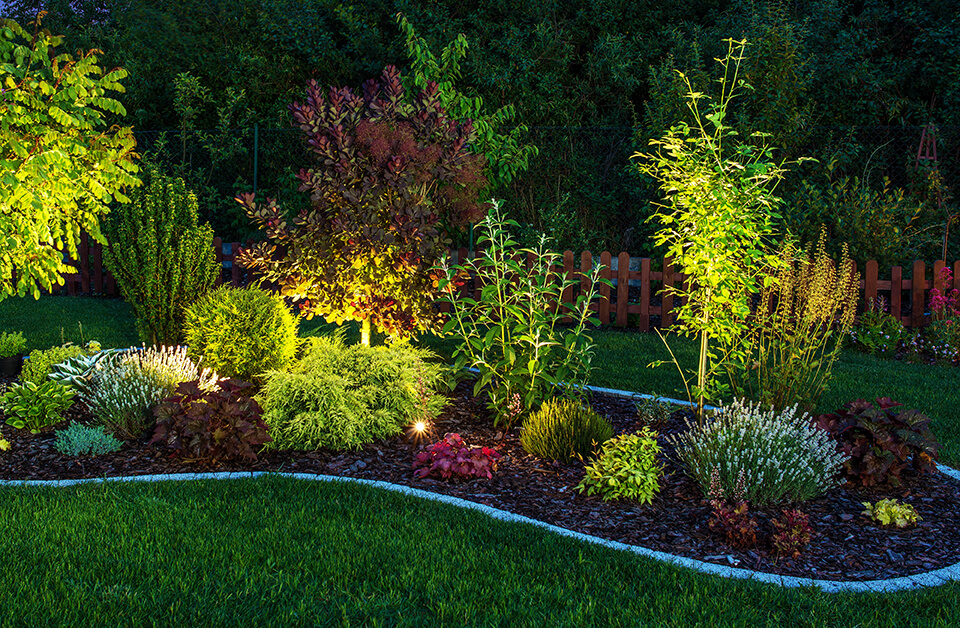
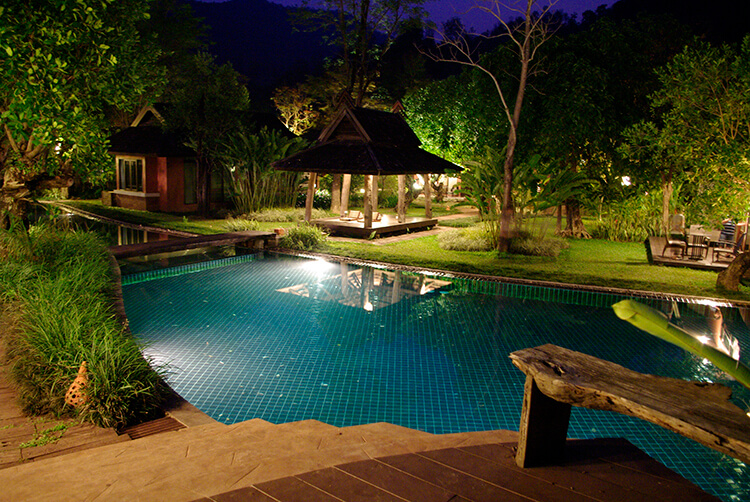
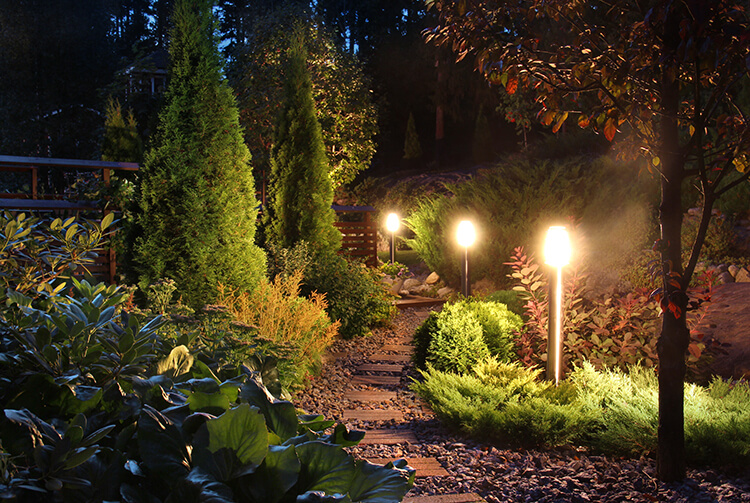 Path Lighting: Path lighting is typically used to illuminate walkways, driveways, and other paths throughout your property. It can be used to create a subtle, welcoming ambiance or to guide visitors safely to your home.
Path Lighting: Path lighting is typically used to illuminate walkways, driveways, and other paths throughout your property. It can be used to create a subtle, welcoming ambiance or to guide visitors safely to your home.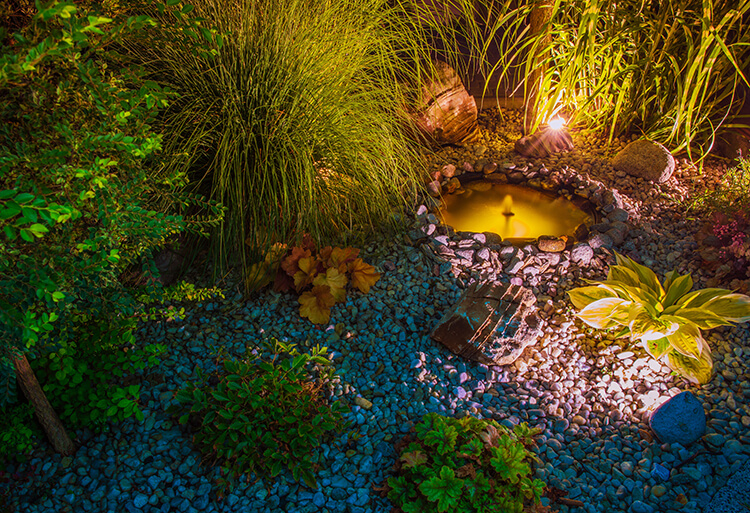 Security – Landscape lighting can enhance security by illuminating entryways, driveways, and pathways. It can also deter potential intruders by illuminating dark areas around your property.
Security – Landscape lighting can enhance security by illuminating entryways, driveways, and pathways. It can also deter potential intruders by illuminating dark areas around your property.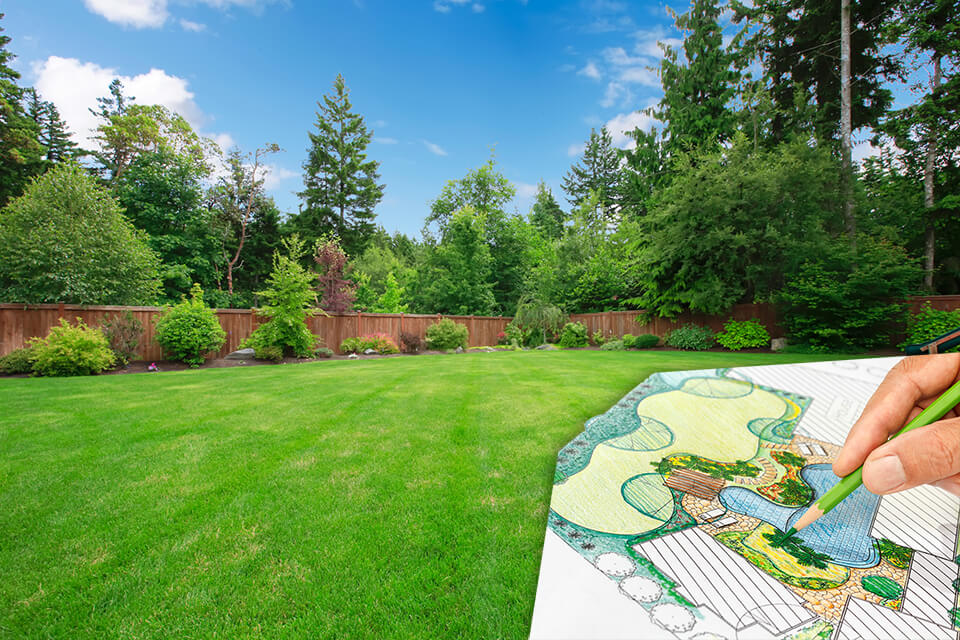

 Establishing landscaping project goals is essential for a successful outcome. Evaluate your space carefully and decide on the purpose of the area, then prioritize which elements need to be addressed first. Consider what plants, design features, and materials best fit your needs and determine how much time you are willing to invest in maintaining the space.
Establishing landscaping project goals is essential for a successful outcome. Evaluate your space carefully and decide on the purpose of the area, then prioritize which elements need to be addressed first. Consider what plants, design features, and materials best fit your needs and determine how much time you are willing to invest in maintaining the space.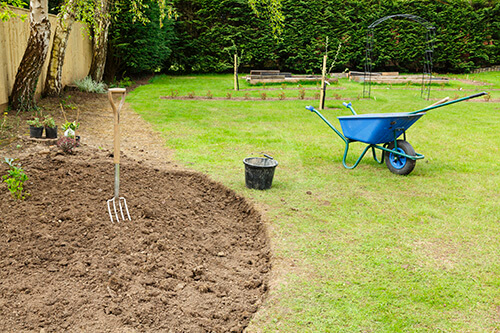 Determining priorities will help significantly with budgeting for a landscaping project. Prioritize project elements that are going to provide maximum value, such as plants and
Determining priorities will help significantly with budgeting for a landscaping project. Prioritize project elements that are going to provide maximum value, such as plants and 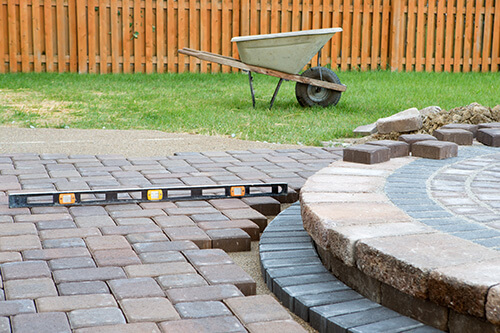 With the aforementioned steps completed, you’re much better prepared for budgeting for a landscaping budget. Research prices for materials and labor before making any purchases so you have an idea of how much everything will cost when estimating your project budget. Don’t forget to factor in taxes, fees, and permits if applicable.
With the aforementioned steps completed, you’re much better prepared for budgeting for a landscaping budget. Research prices for materials and labor before making any purchases so you have an idea of how much everything will cost when estimating your project budget. Don’t forget to factor in taxes, fees, and permits if applicable.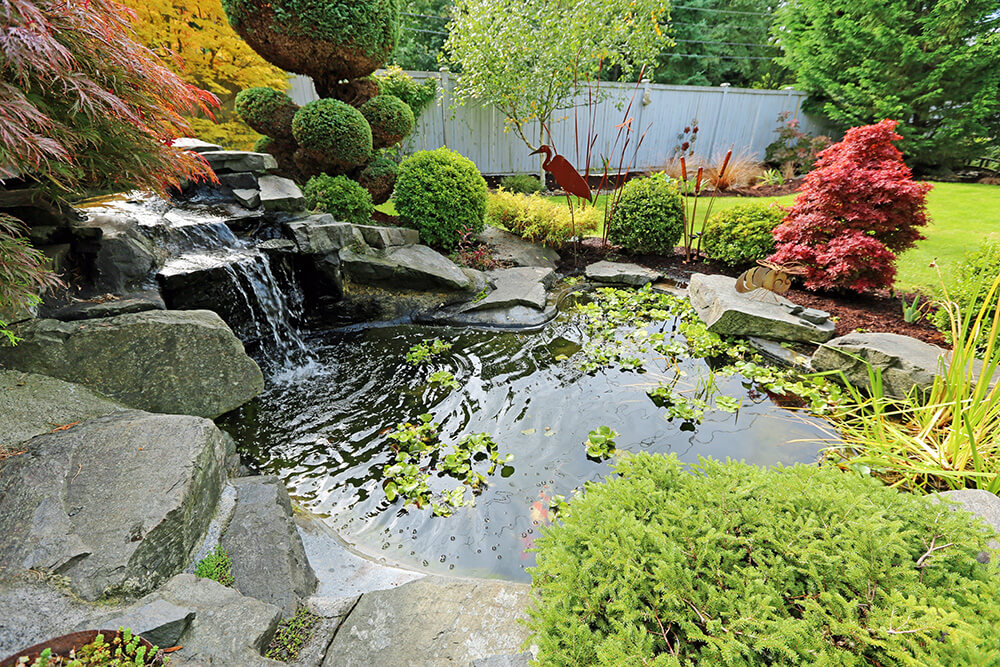
 Planting a variety of
Planting a variety of 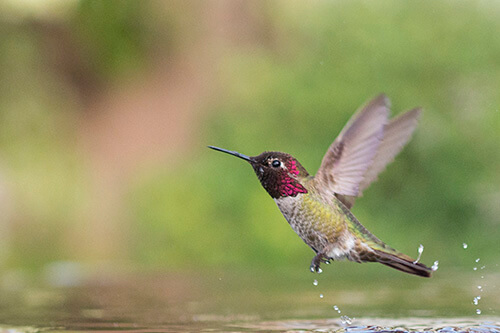 Providing a source of water is essential for wildlife in your backyard. Bird baths and
Providing a source of water is essential for wildlife in your backyard. Bird baths and  Keeping pets indoors or away from areas of wildlife activity is an important part of protecting wildlife in your backyard. Cats and dogs may be attracted to the small animals in your yard, such as birds, rodents, or other creatures. It is best to keep these pets inside or restrain them while they are outside so they do not disturb or harm any wildlife.Additionally, make sure that any outdoor dog runs are not set up in areas where wildlife likes to rest and feed. By taking these extra steps you can ensure that both your pets and the local wildlife stay safe and happy.
Keeping pets indoors or away from areas of wildlife activity is an important part of protecting wildlife in your backyard. Cats and dogs may be attracted to the small animals in your yard, such as birds, rodents, or other creatures. It is best to keep these pets inside or restrain them while they are outside so they do not disturb or harm any wildlife.Additionally, make sure that any outdoor dog runs are not set up in areas where wildlife likes to rest and feed. By taking these extra steps you can ensure that both your pets and the local wildlife stay safe and happy.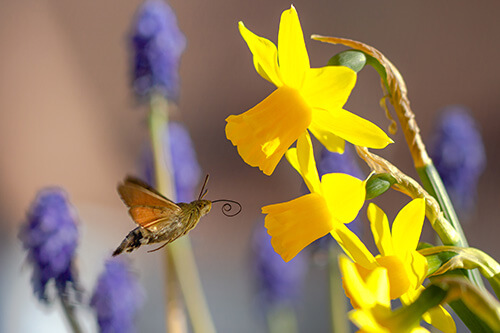 Providing undisturbed areas in your garden is a great way to support local wildlife. By leaving some areas of your garden untouched, you are giving animals the chance to make their own homes without interruption from people or pets.This can take the form of wild patches of grass, untended corners of your yard, or piles of sticks and logs that provide harborage for small creatures. Even if it seems like doing nothing is best, keeping these areas free from human activity and disturbance will be beneficial to the wildlife that makes use of them.
Providing undisturbed areas in your garden is a great way to support local wildlife. By leaving some areas of your garden untouched, you are giving animals the chance to make their own homes without interruption from people or pets.This can take the form of wild patches of grass, untended corners of your yard, or piles of sticks and logs that provide harborage for small creatures. Even if it seems like doing nothing is best, keeping these areas free from human activity and disturbance will be beneficial to the wildlife that makes use of them.
